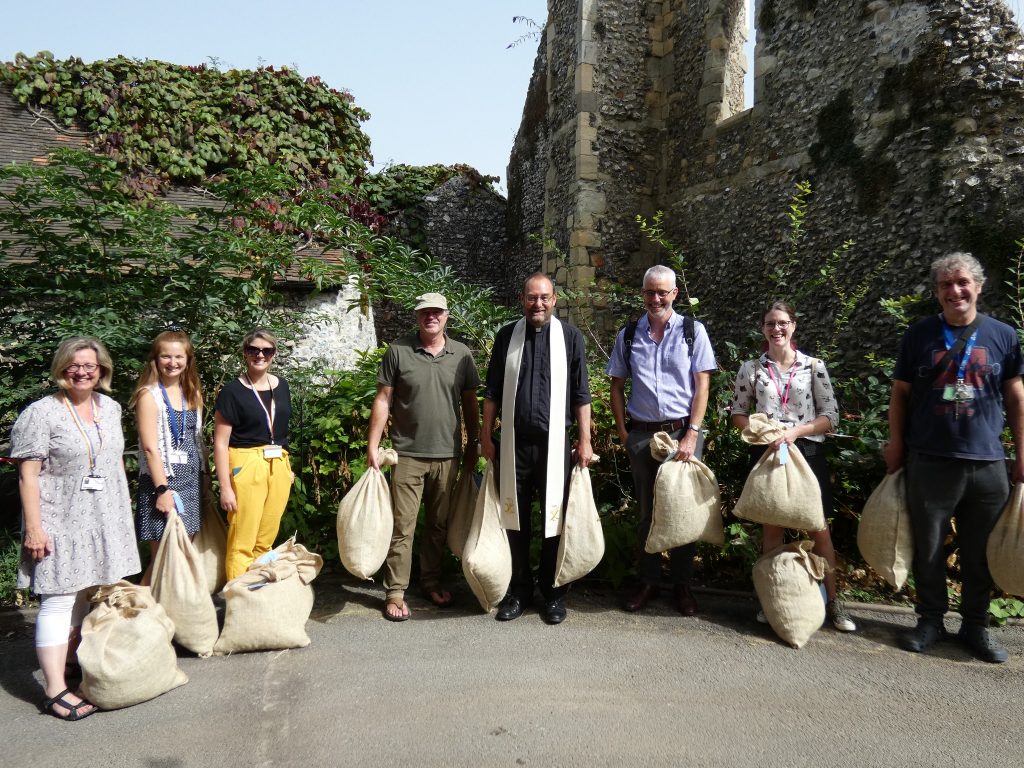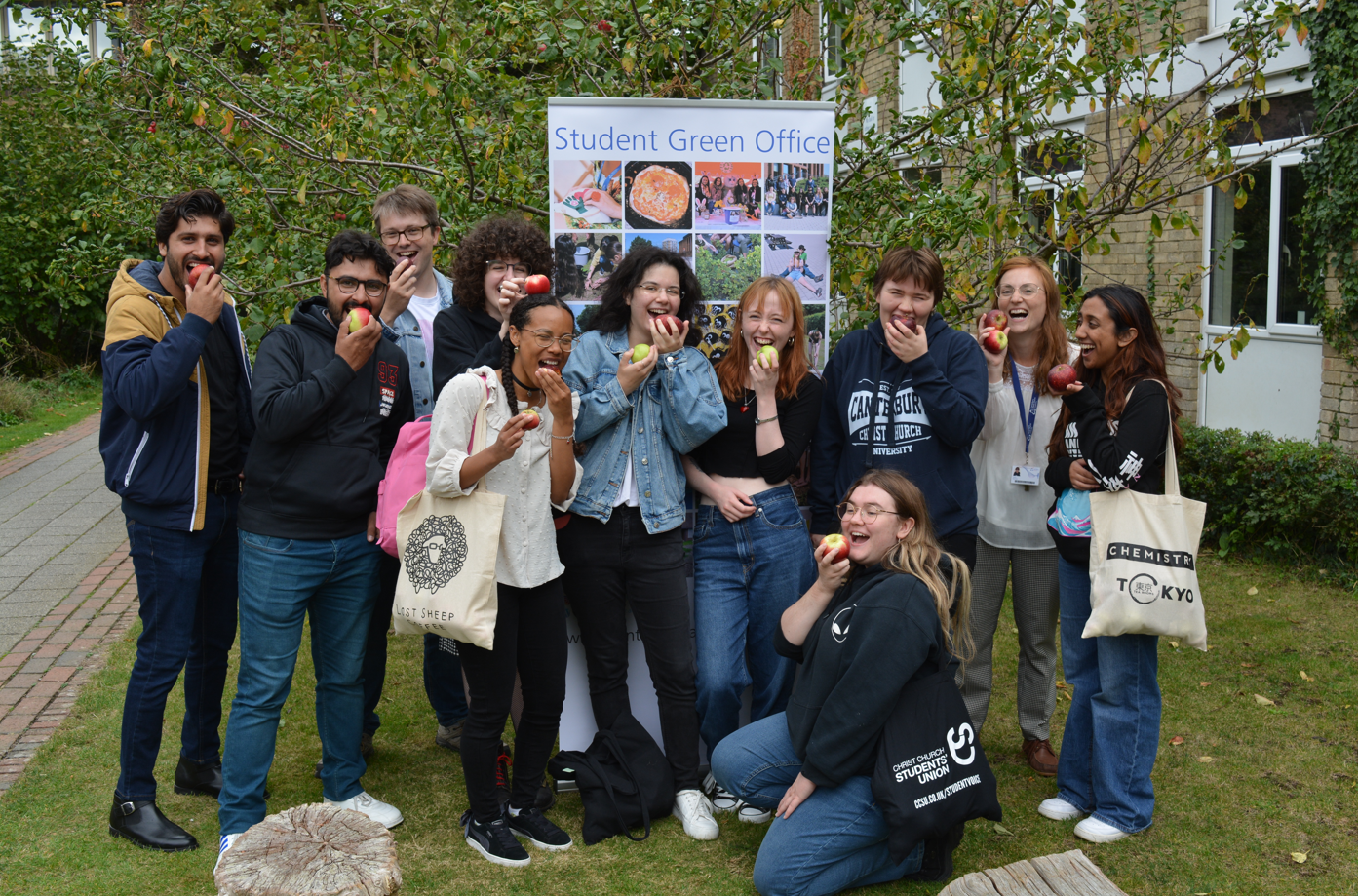When we start our sustainability adventure, we’re often excited to make individual changes – such as lowering our meat consumption, embracing reuse and recycling, and getting involved in petitions. But it can be dispiriting when we realise that, on our own, we just don’t have the power to make big systemic change happen. Even low-level changes, like persuading our whole flat to recycle, or getting our landlord to install solar power, can feel beyond our reach – let alone big policy changes.
If only we had a team around us, we could get so much more done. Yet it can be a struggle to figure out how to build that team.
Still, working together is crucial to make our future a brighter place. Working together makes us more powerful: it’s harder to ignore a group than an individual. And by working together, we can support one another emotionally when times get hard, and share great ideas to overcome obstacles.
So how do we get there? How do we find – and build – our tribe of change-makers?
Here are four top tips!

Find your people
First of all, you need to find your sustainability collaborators. They might be fellow students, or members of the community. You could do this by engaging with social media pages, going to local events, or just testing the waters at a house party with a conversation around a sustainability topic that interests you.
Get creative by thinking about the networks you can tap into. As well as the SU and university, think about community and campaigning groups, councillors, academic networks, and even faith networks.
Build relationships
There are more people than ever who are concerned about sustainability. In fact, around 90% of students are interested in the climate crisis. Turning that interest into coordinated action requires inspiring and aligning people to travel in a certain direction together. That requires building your relationships with fellow aspiring change-makers.
The way to build relationships is to be intentional. That means you don’t leave your connection to them to chance encounters at house parties or while waiting for lectures.
Instead, ask them if they can spare half an hour to grab a coffee just so the two of you can geek out about climate issues. Gather a few interested people round for an evening, with some drinks and snacks and a chance to rant about what the government is(n’t) doing about climate change. Get people to log in with you to an online panel discussion about social justice.
These shared experiences build your relationships. These relationships build trust. And with that trust, you have stronger commitments to one another to see through your collective sustainability action.
Celebrate together
It’s not just enough to create a group: creating an identity is also important. One way to create group identity is to collectively mark the high points of your work. If you’ve worked together to make something amazing happen, then it’s important to celebrate that collectively too!
There are a variety of ways you can do this, ranging from conventional parties and nights out, to more focused group reflection exercises where you share your feelings about what’s gone well and identify other members of the team you want to lift up for praise. Even just sharing group photos via your team’s social media account helps create that identity.
A group identity increases accountability and energy, and drives everyone to work harder in the name of sustainable change.
Set your boundaries
Acting together is wonderful and joyous but sometimes you need time for yourself. This is especially the case if you’re taking on a leadership role.
If people are looking to you for guidance or direction on a campaign, or if you have a specific responsibility within a group (such as running its social media profiles), establish time for yourself to step away. Go and recharge by doing things that you enjoy. Take some time to reflect on the experiences you’ve had from collective action, and identify the lessons you’ve learned. Give yourself space to restore your mental and physical energy.
Burnout in activist spaces is no joke and it’s especially common amongst younger change-makers.
So make sure you take time for yourself so that when you step back into a collective action, you’re doing it with genuine energy, enthusiasm, and passion.

In conclusion
Taking action together is an effective and uplifting way to make change on sustainability issues. These four tips can help you think about how you can do so through energising and inspiring team relationships.
Did you find this article useful? Let us know which of our four tips you’re going to use!
Did we miss anything? Drop your own tips for successful ways of acting together for sustainability in the comments below!
By Jack Swan, Former SGO Project Officer
 Sustainability
Sustainability Bethany Climpson
Bethany Climpson 637
637


